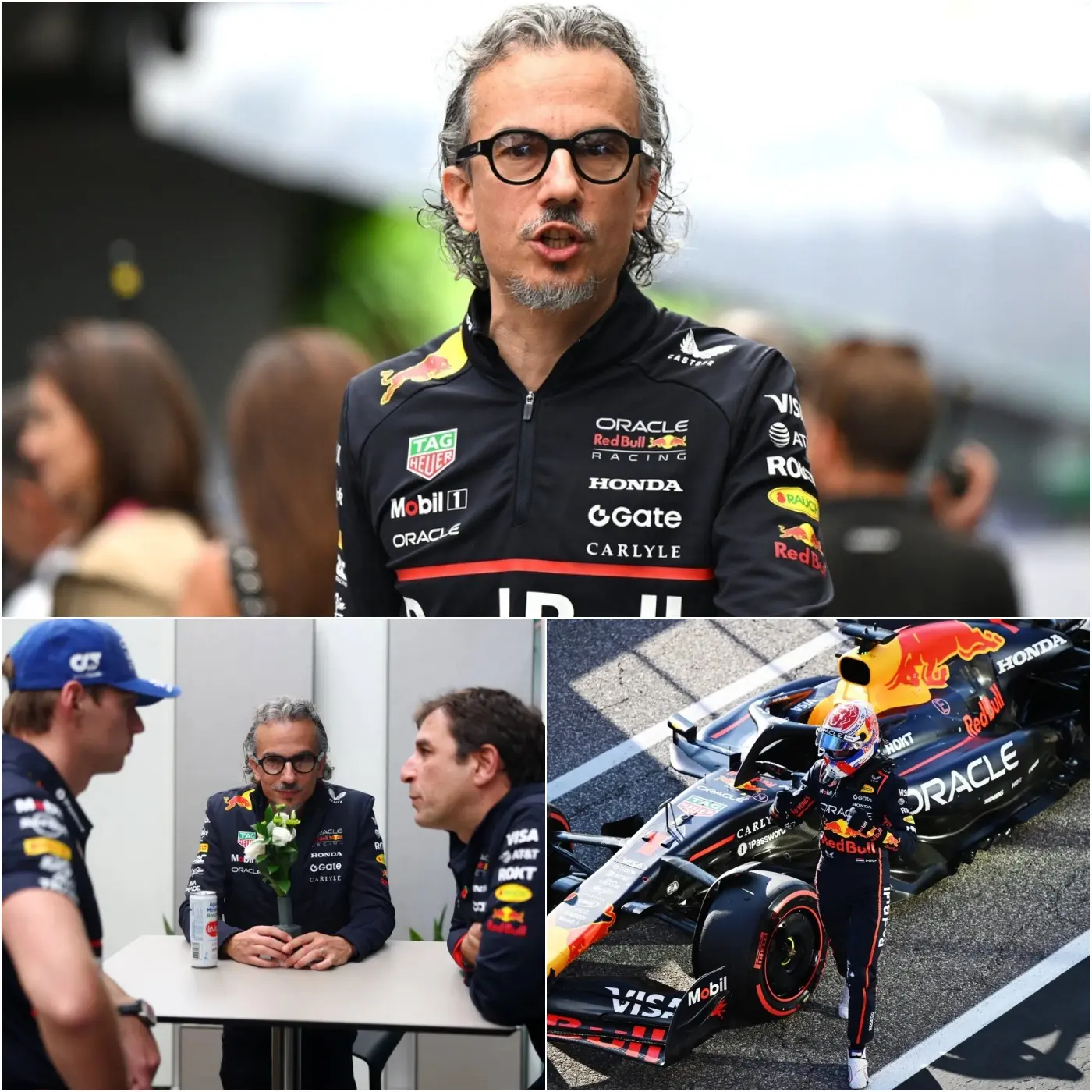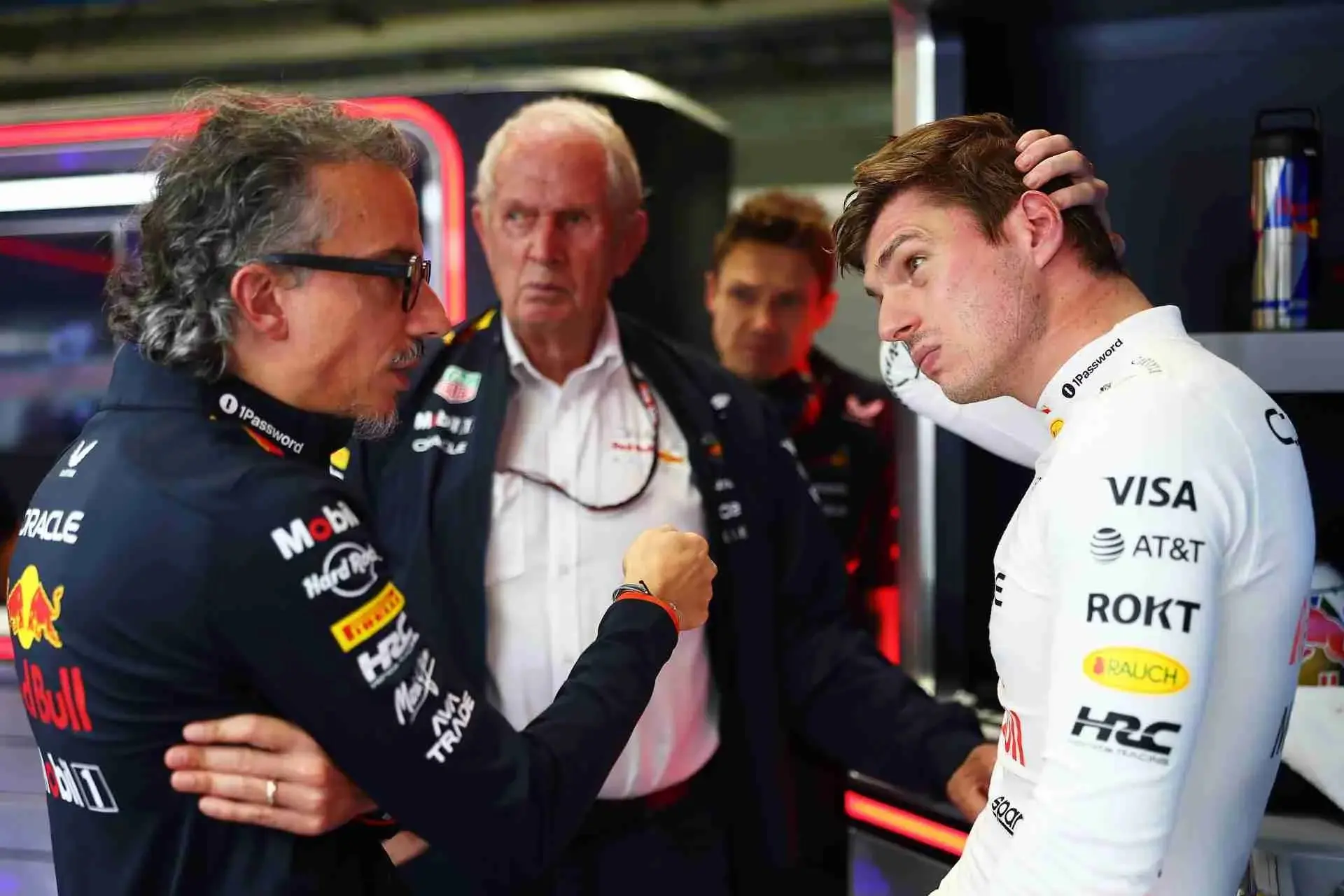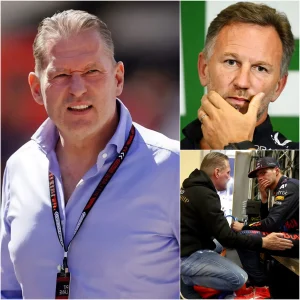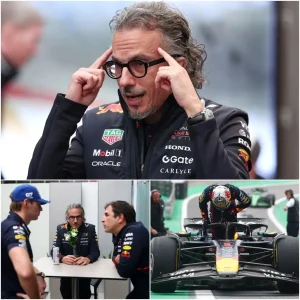Laurent Mekies’ decision has reignited Red Bull’s long-standing problems and shows why Verstappen struggled so much in Brazil

In the hectic world of Formula 1, where every decision feels like a chess move in an endgame, Red Bull Racing’s new team principal Laurent Mekies recently made a choice that resurrects the team’s old demons. Mekies, who succeeded Christian Horner in July 2025 after his sudden resignation, decided to continue developing the RB21, even as the season comes to an end and the focus of competitors such as McLaren is already fully on 2026. This strategy, aimed at better understanding the car’s weaknesses, comes at a price: a delay in preparations for the new regulations next year. But more than that, it has exposed Red Bull’s deep-rooted problems – problems that have been simmering for months and culminating in Max Verstappen’s disastrous performance during the Brazilian Grand Prix weekend. What started as a noble attempt at insight ended in a wake-up call that seems to place the dominance of the past in a distant past.

Let’s rewind for a moment to the context of Mekies’ decision. Red Bull, once the undisputed ruler with four consecutive titles ahead of Verstappen, has been struggling since the beginning of 2025 with a car that is like a moody diva: brilliant on high-speed circuits like Suzuka, but unmanageable on tracks with low downforce or demanding tire management, such as Bahrain or Hungary. The RB21 suffers from a narrow performance window – too much adjustment to one trait, and the car slips into over- or understeer. Aerodynamic instability, tire overheating and a lack of consistency in balance have haunted the team for months. Competitors like McLaren, with their stable MCL39, do not have this problem; they ‘kill it’ in hot conditions and long runs, while Red Bull struggles with a chassis that seems to protest against every curb or corner.

Mekies, an engineer with a heart – as he is often described – saw an opportunity in these persistent issues. Instead of switching early to 2026, as McLaren did, he chose to continue pumping resources into the RB21. “We pay the price for it, but it’s a net gain,” he said after the Mexican Grand Prix, where updates noticeably improved the car. The idea: by exposing and fixing weaknesses, the team learns lessons that trickle down to the future car. No copy-paste from the sister team Racing Bulls, because those cars follow fundamentally different design paths, but a deeper understanding of fundamental flaws. It partly worked; Verstappen rose in the championship with wins in Italy, Azerbaijan and the US, falling to just 36 points behind leader Lando Norris. “We are witnessing something extraordinary,” Mekies praised his driver.

But then comes Brazil, the weekend that puts everything to pieces and turns Mekies’ gamble into a boomerang. Interlagos, with its iconic corners and unpredictable weather, should have suited Red Bull’s strengths – remember Verstappen’s rain victory last year from P17. Instead it became a nightmare. In sprint qualifying, Verstappen finished only sixth, complaining about an “out of control” RB21 that slid too much. Overnight the team tried drastic adjustments: a significant setup change, including a return to an older floor, to regain traction. The result? A shock Q1 exit for Verstappen – his first on pure speed of his F1 career – and a double Q1 exit with teammate Yuki Tsunoda, the first since 2006. Verstappen eventually started from the pit lane after power unit changes, and after the race he admitted: “I can forget the title.” The gap with Norris grew to 39 points.
Why did it fail so spectacularly? Mekies’ decision to continue developing, no matter how strategic, has not solved the core problems, but rather fueled them. By dividing resources, Red Bull missed crucial time in the wind tunnel and CFD for 2026, but more importantly, the RB21’s inherent issues – that narrow window and the balance problems – were not neutralized. In Brazil, with its mix of low and medium speed corners, the car demanded too much from the tyres, while the setup changes made the car even more unstable. “We don’t understand how it can be so bad,” sighed Verstappen, who cursed the brakes and grip. Helmut Marko, the 81-year-old advisor, was blunt: “Things went wrong everywhere. We lost control in all sectors.” Even Jos Verstappen, Max’s father, left the garage frustrated.
This failure in Brazil is not an incident, but a symptom of Red Bull’s broader crisis. Internal unrest plays a role: the uncertainty surrounding the 2026 lineup, where Mekies tempers Marko’s impulsive style for a more patient approach, leads to distractions. The second seat remains a merry-go-round – Tsunoda struggles, Lawson was brought back, and talents like Hadjar falter. Add to that the aftermath of Horner’s departure, with rumors of staff turnover and an outdated wind tunnel, and you see a team fighting against itself. McLaren, with stable leadership and focus, now leads the constructors by a large margin.
Yet Mekies’ decision is not purely a blunder. It has forced Red Bull to dig deeper, and the late upgrades have certainly paid off in previous races. “There is a price, but also an opportunity,” he emphasized. For Verstappen, who showed “proper domination” in the US, Brazil is a bitter pill, but it is a reminder of why he is such a phenomenon: he gets the most out of an imperfect machine. The team must now prioritize: win the last races for momentum, and fundamentally rebuild 2026. Otherwise, Red Bull risks not only the title, but its empire.
The paddock is buzzing with speculation. Will Mekies’ patient style convince Marko, or will it lead to more friction? For now, his choice has stoked Red Bull’s simmering fires, and in light of Versteappen’s struggles in Brazil, it’s clear: without radical change, the Austrian remains a shadow of his glorious self. Formula 1 is eagerly waiting to see whether this wake-up call is the spark for recovery, or the start of a longer decline. With two races to go, everything depends on the next move.






